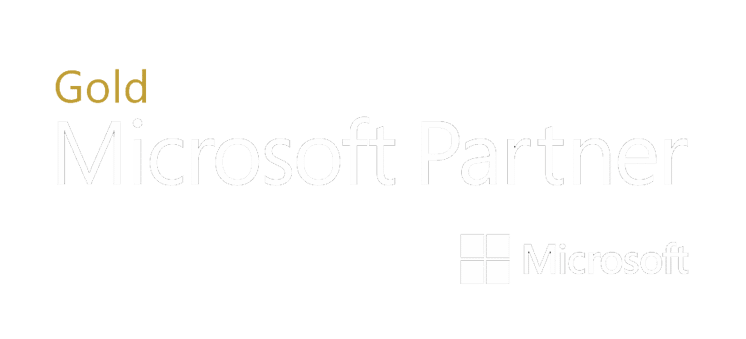As the holiday season approaches, businesses often experience a shift in work patterns. Employees may travel, work remotely, or adjust their schedules to accommodate personal commitments. While this flexibility can boost morale and productivity, it also introduces unique cybersecurity challenges. Protecting your remote workforce during the holidays is crucial to ensure the security of sensitive company data and maintain operational continuity.
The Importance of Holiday Season Security
The holiday season is a peak time for cybercriminal activities. Hackers are well aware that businesses may have reduced staffing, and employees might be less vigilant due to the festive spirit. Remote work amplifies these risks as employees connect from various locations and networks, potentially exposing company systems to vulnerabilities.
Challenges of Remote Work During the Holidays
– Unsecured Networks: Employees may use public Wi-Fi in airports, cafes, or hotels, which are often unsecured and susceptible to interception.
– Personal Device Usage: The use of personal devices for work-related purposes can bypass company security protocols.
– Phishing Attacks: Increased email traffic with holiday greetings and promotions can mask phishing attempts.
– Lack of Monitoring: IT departments may have limited capacity to monitor and respond to security incidents promptly.
Actionable Steps to Protect Your Remote Workforce
1. Implement a Robust VPN Solution
A Virtual Private Network (VPN) encrypts internet connections, making it essential for secure remote access to company resources.
– Mandatory Use: Require all remote employees to use the company-approved VPN when accessing work-related systems.
– Regular Updates: Keep the VPN software updated to protect against known vulnerabilities.
– Multi-Factor Authentication: Enhance VPN security by implementing multi-factor authentication (MFA) for an additional layer of protection.
2. Enforce Secure Wi-Fi Practices
Educate employees on the dangers of unsecured networks and provide guidelines for safe connectivity.
– Avoid Public Wi-Fi: Encourage the use of personal hotspots or secure home networks instead of public Wi-Fi.
– Network Verification: If public Wi-Fi is necessary, teach employees how to verify network legitimacy to prevent connecting to fraudulent access points.
– Use of VPN: Remind employees that using the VPN can secure their connection even on less secure networks.
3. Strengthen Mobile Device Management (MDM)
Implement policies and technologies to manage and secure employees’ mobile devices.
– Device Encryption: Ensure all devices accessing company data are encrypted.
– Remote Wipe Capability: Have the ability to remotely erase data from lost or stolen devices.
– Security Software: Install mobile security applications that offer malware protection and intrusion prevention.
4. Conduct Security Awareness Training
Ongoing education is vital to keep security at the forefront of employees’ minds.
– Phishing Simulations: Run simulated phishing attacks to teach employees how to recognize and report suspicious emails.
– Policy Reminders: Send out reminders of company security policies and the importance of adherence, especially during the holidays.
– Resource Availability: Provide easy access to security resources and support for employees who have questions or concerns.
5. Update and Enforce Access Controls
Limit access to sensitive information based on necessity.
– Role-Based Access: Grant permissions according to job functions to minimize exposure of critical data.
– Review Access Logs: Regularly monitor access logs for unusual activities that may indicate a security breach.
– Temporary Access: For temporary remote workers or contractors, ensure access is revoked after their role concludes.
6. Enhance Email Security
Email remains a primary vector for cyber attacks.
– Spam Filters: Use advanced spam and malware filters to reduce the number of malicious emails reaching employees.
– Email Encryption: Implement email encryption solutions for sensitive communications.
– Attachment Policies: Restrict the types of attachments that can be received or opened to prevent malware infections.
7. Secure Cloud Services
Many remote workers rely on cloud-based applications and storage.
– Verify Service Providers: Use reputable cloud service providers with strong security measures.
– Data Encryption: Ensure data is encrypted both at rest and in transit within cloud services.
– Access Monitoring: Keep an eye on cloud access logs to detect any unauthorized activities.
8. Prepare an Incident Response Plan
Despite best efforts, breaches can occur. Being prepared can mitigate damage.
– Defined Protocols: Establish clear steps for employees to follow if they suspect a security incident.
– Communication Channels: Provide direct lines of communication to the IT security team.
– Regular Drills: Conduct mock incidents to test the effectiveness of the response plan and make necessary adjustments.
9. Encourage Strong Password Practices
Weak passwords are an easy target for hackers.
– Password Policies: Enforce the use of complex passwords that employees must update regularly.
– Password Managers: Recommend the use of reputable password management tools.
– Avoid Reuse: Instruct employees not to use the same passwords for multiple accounts.
10. Monitor and Patch Systems Regularly
Keeping systems up to date closes known security gaps.
– Automatic Updates: Configure systems and applications to automatically install updates whenever possible.
– Patch Management: Have a process in place to test and deploy patches promptly.
– Vulnerability Scans: Perform regular scans to identify and address potential weaknesses.
Fostering a Security-Conscious Culture
Creating a culture that prioritizes security is perhaps the most effective defense against cyber threats.
– Leadership Example: Management should model good security practices to reinforce their importance.
– Open Dialogue: Encourage employees to report suspicious activities without fear of retribution.
– Recognition and Rewards: Acknowledge employees who demonstrate exemplary security awareness.
Enjoy a Secure and Happy Holiday Season
The holiday season doesn’t have to be a time of heightened risk for your business. By proactively implementing these strategies, you can protect your remote workforce and maintain robust cybersecurity defenses. Not only will this safeguard your company’s assets, but it will also give your employees peace of mind while enjoying the holidays.
Remember, cybersecurity is an ongoing effort that requires vigilance from every member of your organization. Stay informed, stay prepared, and have a happy, secure holiday season.

Chad is our Business Development Manager, and Co-Owner. In these key roles, Chad handles client relations on behalf of our business. He works everyday to ensure our clients are satisfied with our services, as well as spearheading sales and public relations initiatives for the company as a whole.





